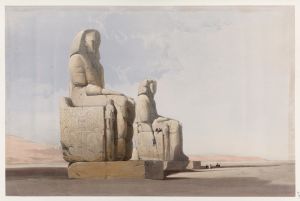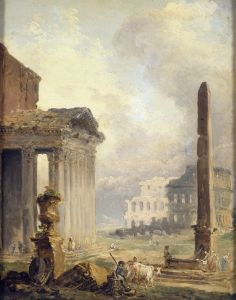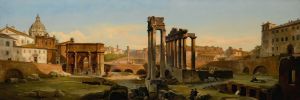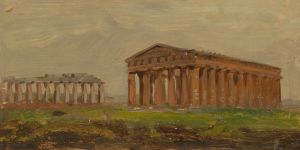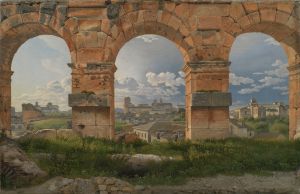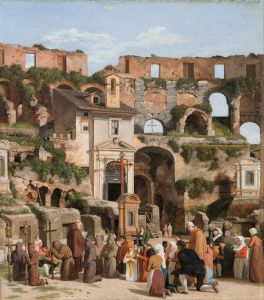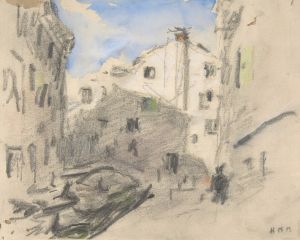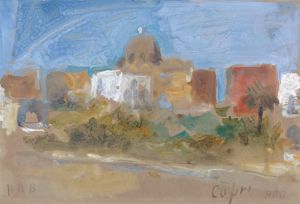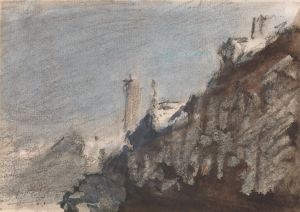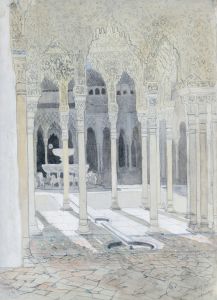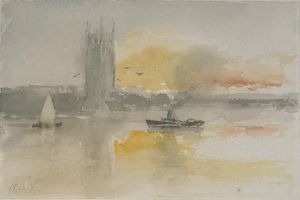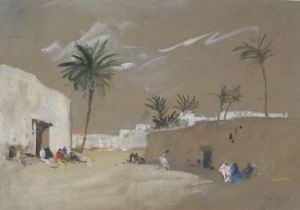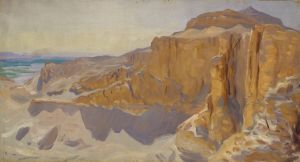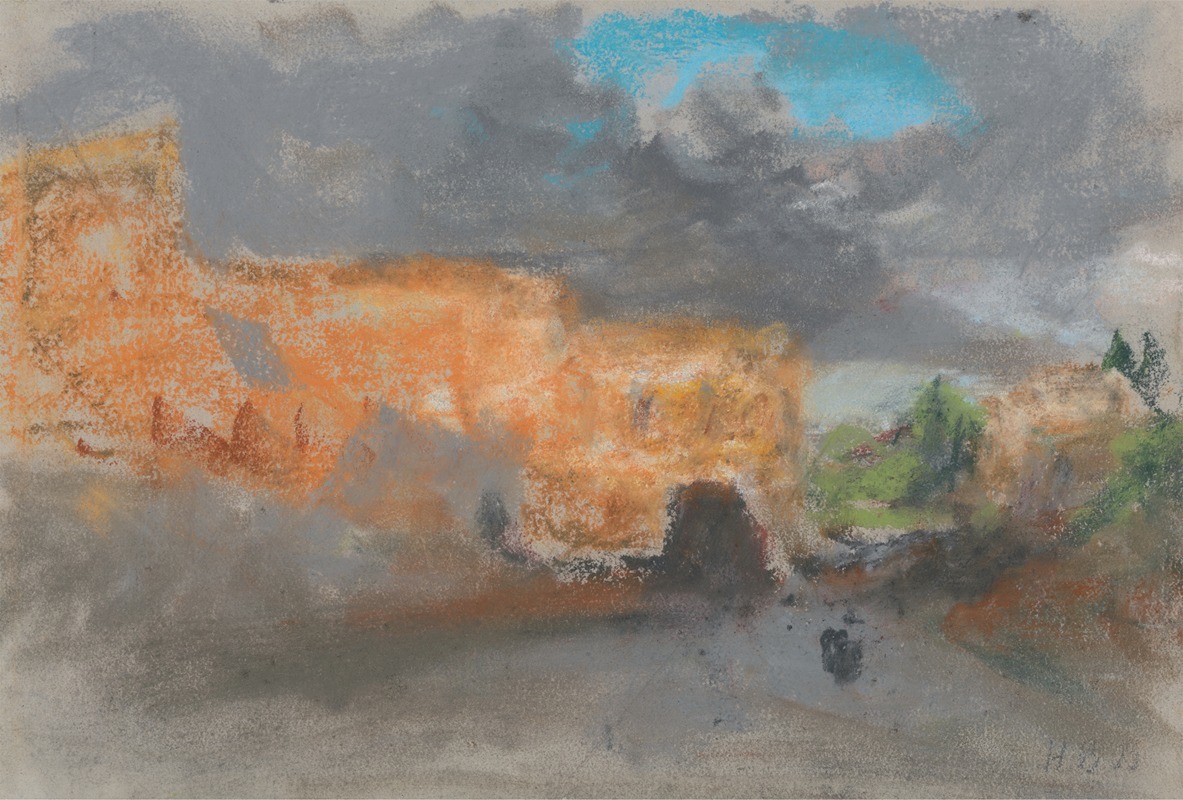
The Colosseum at Rome
A hand-painted replica of Hercules Brabazon Brabazon’s masterpiece The Colosseum at Rome, meticulously crafted by professional artists to capture the true essence of the original. Each piece is created with museum-quality canvas and rare mineral pigments, carefully painted by experienced artists with delicate brushstrokes and rich, layered colors to perfectly recreate the texture of the original artwork. Unlike machine-printed reproductions, this hand-painted version brings the painting to life, infused with the artist’s emotions and skill in every stroke. Whether for personal collection or home decoration, it instantly elevates the artistic atmosphere of any space.
Hercules Brabazon Brabazon (1821–1906) was a British artist known for his watercolors and his distinctive style, which combined elements of Romanticism and Impressionism. He often painted landscapes, architectural subjects, and scenes from his travels across Europe and North Africa. One of his works, The Colosseum at Rome, depicts the iconic Roman amphitheater, a subject that has inspired countless artists due to its historical significance and architectural grandeur.
The Colosseum, also known as the Flavian Amphitheatre, is one of the most famous landmarks in Rome and a symbol of the Roman Empire. Built between 70 and 80 AD under the emperors Vespasian and Titus, it was used for gladiatorial contests, public spectacles, and other forms of entertainment. By the 19th century, when Brabazon created his painting, the Colosseum had become a popular destination for artists and travelers on the Grand Tour, a cultural journey through Europe undertaken by wealthy individuals to study art, history, and classical antiquity.
Brabazon's depiction of the Colosseum reflects his characteristic approach to art. He was known for his loose, fluid brushwork and his ability to capture the atmosphere and essence of a scene rather than focusing on precise detail. His works often convey a sense of immediacy and spontaneity, qualities that were admired by his contemporaries and that set him apart from more traditional academic painters of his time. In The Colosseum at Rome, Brabazon likely emphasized the interplay of light and shadow on the ancient structure, highlighting its weathered beauty and the passage of time.
As with many of Brabazon's works, The Colosseum at Rome was created in watercolor, a medium he favored for its versatility and ability to convey subtle tonal variations. His use of watercolor allowed him to achieve a dreamlike quality in his paintings, which often evoke a sense of nostalgia and romanticism. While specific details about this particular painting, such as its exact date of creation or current location, are not widely documented, it remains an example of Brabazon's skill in capturing the spirit of his subjects.
Brabazon's work was not widely recognized during his lifetime, as he painted primarily for his own enjoyment rather than for commercial success. However, his contributions to the art world have since been acknowledged, and he is now regarded as an important figure in 19th-century British art. The Colosseum at Rome serves as a testament to his ability to blend technical skill with a deep appreciation for the beauty of the natural and built environment.





